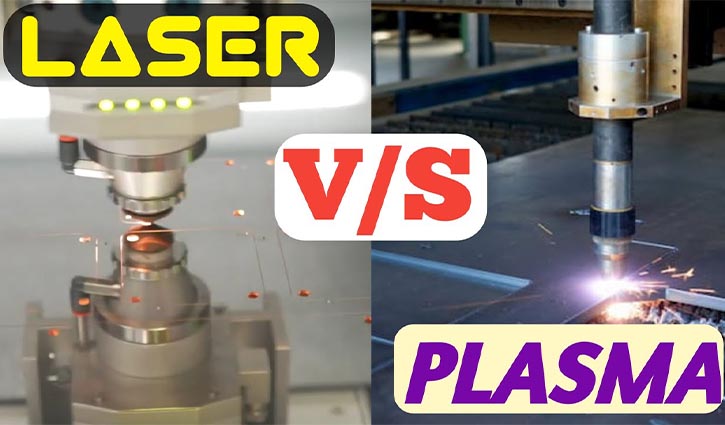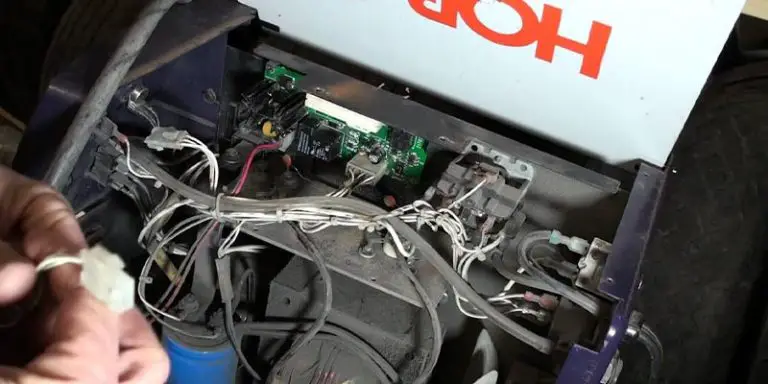MIG welding troubleshooting: Common Problems And Solutions
Metal Inert Gas welding, briefly known as MIG welding, is a highly used welding process for industrial purposes due to its versatility. However, several troubles may be encountered while performing this welding process. Hence, MIG welding troubleshooting is an important fact that you should know about.
Especially beginners face a lot of problems doing MIG welding. In this article, MIG welding problems and solutions have been discussed in detail. To find out the reason behind your MIG welding problems and their troubleshooting, check the full article!
Table of Contents
MIG Welding Troubleshooting – Common Problems
Welding troubles are often subjected to errors caused by humans. The problems are mainly faced when inappropriate welding techniques or setting is applied. Let’s take an overview of a few MIG welding problems and solutions.
Porosity
The porosity of the welding joint is the most common problem encountered in MIG welding. The main reason behind porosity is the entrapped atmospheric gas in the molten weld pool. Other reasons like dirty metal surfaces and very high gun angles may also cause porosity.
To reduce porosity in MIG welding, a precise amount of shielding gas must be supplied. That’s because low shielding gas covers less amount of molten weld and results in porosity. Too much shielding may also cause porosity. Also, the welding surface needs to be properly cleaned.
Improper Fusion
Sometimes base metals don’t fuse with the welding properly and make poor welding joints. Improper fusion is often seen in MIG welding and is mainly caused by human errors like insufficient heat input, incorrect gun angle, and inadequate filler metals.
To solve this problem, ampere input needs to be increased and the welding speed is recommended to be reduced. A cleaned surface and proper alignment of the edge may reduce improper fusion.
Burn Through
When the welding penetrates the base metals completely, it is referred to as burn-through. Burn-through can occur while welding very thin metals (thickness less than 1/8 inches). Excessive heat concentration, high current input, and slow welding speed are the main reasons behind this problem.
To avoid this problem, reduce the input current and wire feed. Also, increase the welding speed a little bit.
Distortion
Another problem that is often seen in MIG welding is distortion. When the welding can’t cope with the contraction and expansion while the heating and cooling process, it results in distortion. Excessive heat and slow traveling speeds cause this problem.
To prevent this problem, heat needs to be distributed evenly. It can be done by starting the welding from the centre or both ends. The welding speed must be optimum.
Undercut
In welding, when the welding is wide and the filler materials fail to fill the void space, it causes an undercut. It creates a groove in the welding. The undercut is mainly insufficient filler material, too high current, and long arc length.
To eradicate undercut, the correct welding technique must be applied. A proper amount of filler needs to be supplied as too much may cause overlap. The voltage and current input should be adjusted properly.
Read More: Pros And Cons Of MIG Welding (Detail Explained)
How do you troubleshoot a MIG welder?
Most of the troubles appear in MIG welding because of improper settings of welders. So, the welder needs to be fixed first. The following steps may be helpful to troubleshoot a MIG welder.
Input power
The welder must be connected to its rated voltage source. The amperage needs to be set to a specific value as required for the weld. Incorrect voltage and amperage cause various troubles in MIG welding.
Welding setting
Apply the appropriate welding setting based on the types of base metals. The welding setting should match the chart provided by the welder.
Shielding gas
Selecting the most suitable shielding gas is an important factor for perfect MIG welding. 100% argon for aluminum and a blend of 75% CO2 and 25% argon for steel is suitable. The shielding gas also needs to be supplied at the required rate.
Tip
The proper tip size must be selected for specific wire thickness to produce good quality welding.
Read More: MIG Welding Vs Stick Welding – What’s The Difference? (Explained)
How fast should you MIG Weld?
The speed of MIG welding depends on the types of base metals and their thickness. It is recommended that the speed of the wire feed should be kept within 240-290 inches per minute and the traveling speed within 14-19 inches per minute. Wire stick out is preferred 5/8 inch or less for small wire.
Why do I get so much spatter when MIG welding?
Excessive spattering is a great problem in MIG welding. Although it doesn’t affect the welding quality, it increases the hassles in the post-welding clean-up process.
Excessive spattering may be caused due to several reasons like high amperage, fast wire speed, and inadequate shielding gas. Very low or high voltage may also cause spattering.
Why are my MIG welds not penetrating?
In MIG welding, sometimes the welding material can’t join the base metals properly due to the lack of penetration. It is often experienced because of insufficient heat or fast traveling speed. A misaligned edge or a small gap between the base metals may also cause this problem.
To increase the penetration capability and generate sufficient heat, increase amperage. Also, adjust the traveling and wire feed speed and keep the root gap to an optimum value.
FAQs
The MIG tip stick out depends on various factors. But 5/8 inch is suggested for thick wire and less for small wire.
MIG weld is both dragged and pushed depending on our requirements. Dragging produces deep penetration with a narrow bead. Penetration is slightly reduced with pushing but the bead is widened.
Verdict
While performing MIG welding, we often experience various problems. The problems mainly occur due to incorrect welding techniques. In this article Common MIG Welding Defects, Their Causes, and Solutions have been discussed.






